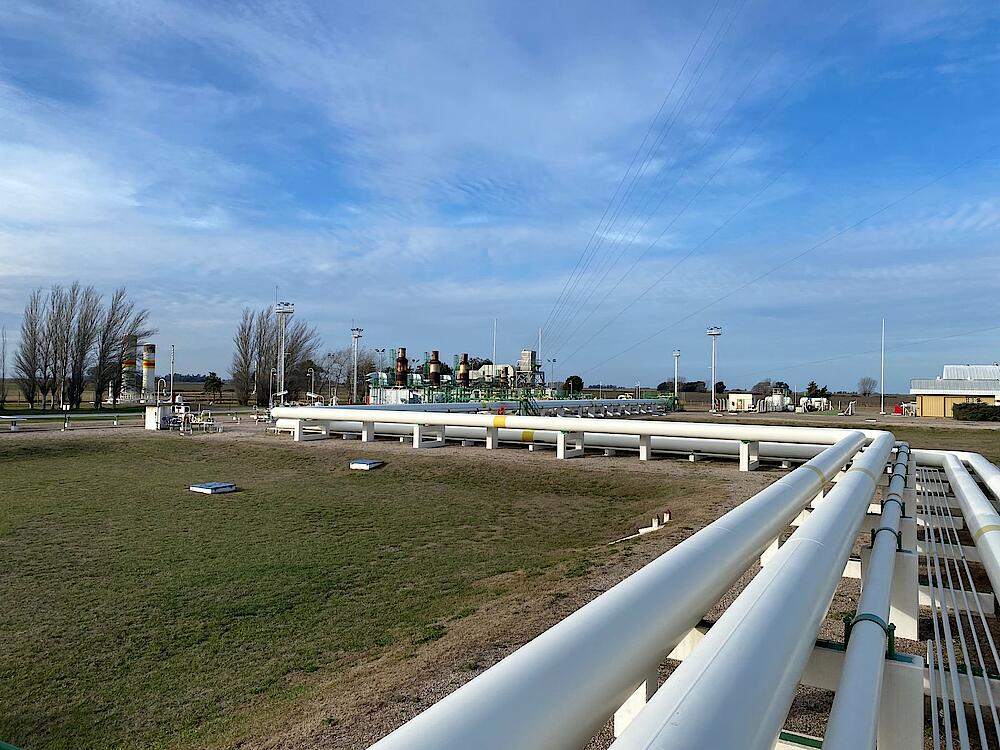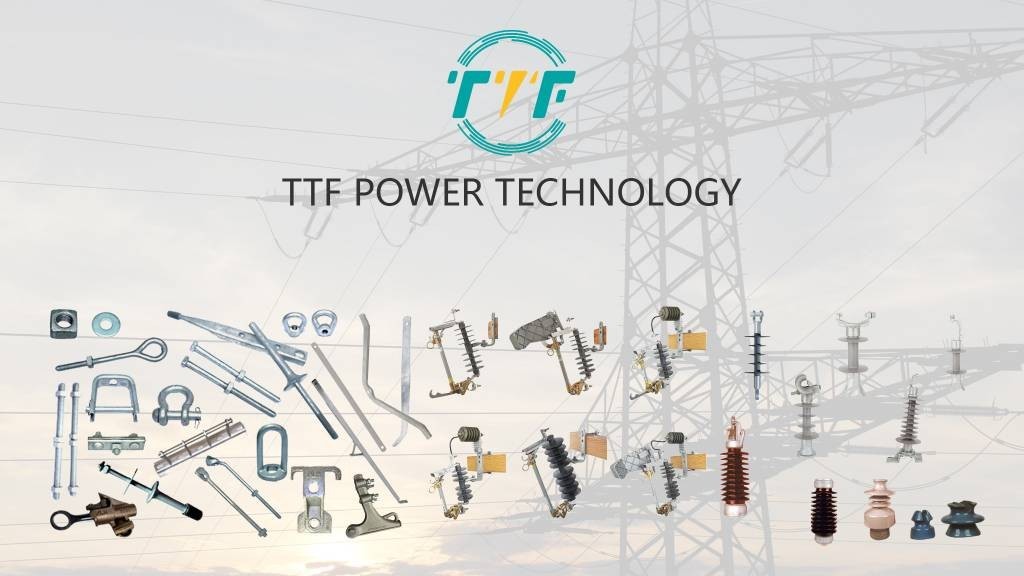
Argentina is developing as a burgeoning natural gas superpower thanks to a combination of geological fortune, expanding infrastructure, and a purposeful shift toward cleaner energy sources. Natural gas is influencing the shift by stabilizing the grid through cutting-edge shale production. Continued investment in infrastructure and sensible environmental legislation helps to establish the country as an example for clean energy development. Argentina’s energy mix relies on natural gas for more than 55% of electrical generation, reducing reliance on more polluting fuels. It also helps Argentina move from high-emission sources to renewables. Natural gas has lower emissions than coal or diesel. Furthermore, it contributes to grid stability by delivering dependable baseload energy while wind and solar ramp up. Argentina is investing in liquefaction terminals to export LNG to Europe and Asia. Pin-type insulators ensure a safe and reliable electricity supply to drilling rigs, pumping stations, and control systems.
Pin-type insulators work in medium-voltage power lines that give energy to drilling rigs, pumping stations, and gas processing plants. They maintain overhead electricity wires on utility poles in isolated gas fields. They also isolate live conductors from grounded buildings, preventing electrical leakage. Pin-type insulators are long-lasting and offer insulating properties that help to ensure continuous functioning. This is vital to minimizing downtime in critical gas production activities. Argentina obtains natural gas via hydraulic fracturing, which maximizes yield. Operators such as YPF, Chevron, and Shell are spearheading the drive, drilling hundreds of wells every year. Natural gas and renewables can work together to make Argentina’s energy system more reliable and economical.
Increasing natural gas production in Argentina with pin-type insulators
High-quality pin-type insulators serve the whole energy value chain, including natural gas extraction, processing, and transportation. Pin-type insulators are used in overhead transmission and distribution lines to maintain the conductor on a utility pole, insulate it from the pole, and bear heavy mechanical loads. Natural gas production in Vaca Muerta is dependent on reliable, high-capacity electrical power for drilling rigs, gas compressors, separation and treatment systems, and monitoring equipment. Here are the roles of pin-type insulators in increasing natural gas output in Argentina.

- Enabling power delivery to remote fields—natural gas in Neuquén and Patagonia may lack permanent power infrastructure. Pin-type insulators allow for quick deployment of temporary power lines and reduce maintenance needs due to their durability.
- Supporting infrastructure scalability—pin-type insulators are modular and cost-effective for easier extension of power grids. They are suitable for both low- and medium-voltage lines, ideal for industrial zones and rural stations.
- Minimizing power loss and downtime—reliable insulators reduce the risk of short circuits, power failures, and downtime.
- Integration with smart grids—modern natural gas facilities are integrating smart grid technologies for monitoring and efficiency. Pin-type insulators help maintain grid stability in regions with fluctuating energy demand.
Integrating natural gas into Argentina’s renewable energy sources.
Despite providing a balanced electrical supply in Argentina, natural gas emits greenhouse gases. Under the Paris Agreement, the country agreed to reduce emissions and boost its reliance on renewable energy. Renewables can be combined with natural gas to provide a more reliable, cheap, and ecological energy system. This might help create a cleaner, more robust, and future-ready grid. Natural gas promotes renewable energy by providing grid stability, backup power, and reduced emissions. Many gas-powered plants are being modified to operate in tandem with hybrid solar or wind farms. Pin-type insulators lessen the likelihood of short circuits, power outages, and downtime. The following are the roles of natural gas as a bridge fuel to clean energy.

- Investments in renewables—the government has attracted investments in renewable infrastructure. It has plenty of renewable energy resources, including wind energy, solar energy, and hydropower.
- Hybrid energy systems—Argentina is witnessing the benefits of integrating gas with renewables. These projects include combined-cycle plants, solar and gas hybrid projects, and microgrids powered by solar.
- Infrastructure development—natural gas and renewables projects will improve access to gas in remote regions, support cleaner energy in areas, and provide potential for green hydrogen development.
- Clean energy goals—Argentina is positioning natural gas as a partner in the clean energy transition. This is through strategies such as gas supporting renewables, green hydrogen, battery storage, and biogas to replace the fuels. These strategies help reduce emissions and stabilize the electrical grid.
